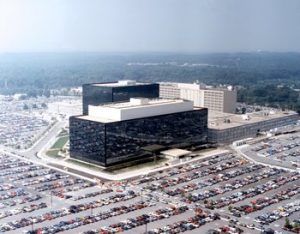The smartphone phenomenon has reached global proportions, and every day more and more people are expecting to be able to access work materials from their own devices. In fact, almost half of companies now allow employees to use their personal devices to access the network. The possibilities this presents are huge, and the benefits are obvious. However, this blurring of personal and work devices raises important questions about the privacy and security of sensitive information.
 In a paper by CISCO, the security challenges caused by mobile access devices are discussed in full. There are many policies that exist to cover privacy and security features in the workplace, and these are nothing new.
In a paper by CISCO, the security challenges caused by mobile access devices are discussed in full. There are many policies that exist to cover privacy and security features in the workplace, and these are nothing new.
However, many employees – up to 7 in 10 – admitted to knowingly breaking IT policies on a regular basis. For this reason, security is the top concern for many mobility initiatives.
Creating a safe and productive environment means understanding the particular goals of your organization. Most organizations set up network access in one of four categories with different levels of access and control. This can range from a limited access situation, where access is tightly controlled, to a next-generation set-up where organizations actively create environments that encourage mobile device access and generate benefits from its use. Once an organization has decided on a mobile policy, it can set up the infrastructure to support it. One of the earliest things to decide is whether a point solution or an overall architecture is best.
A point solution is advocated by many vendors. Wireless solutions are an important aspect of integrating mobile devices into a network, and security requires a governance model for the mobile endpoints. Furthermore, each device must be managed. An overall architecture means the first point of intersection for IT administrators is the network itself. They can also differentiate what a device is, who owns it and what it can do. With that visibility, the entire lifecycle management of the device becomes viable and auditable.
An architectural solution potentially offers a more integrated and efficient platform, which provides network-level visibility and control. However, for some – e.g. government offices and financial institutions – allowing employees to access business networks via personal devices is never appropriate. That approach can, in itself, be a viable mobile device policy. For others, some level of mobile device use can be highly beneficial to all those involved.
- Security is the top concern when it comes to mobile devices
- Requirements for mobile access to secure networks differ depending on the organizations
- Point solutions require end-device management
- Overall architecture is potentially more efficient
Big Data and related technologies – from data warehousing to analytics and business intelligence (BI) – are transforming the business world. Big Data is not simply big: Gartner defines it as “high-volume, high-velocity and high-variety information assets.” Managing these assets to generate the fourth “V” – value – is a challenge. Many excellent solutions are on the market, but they must be matched to specific needs. At GRT Corporation our focus is on providing value to the business customer.



